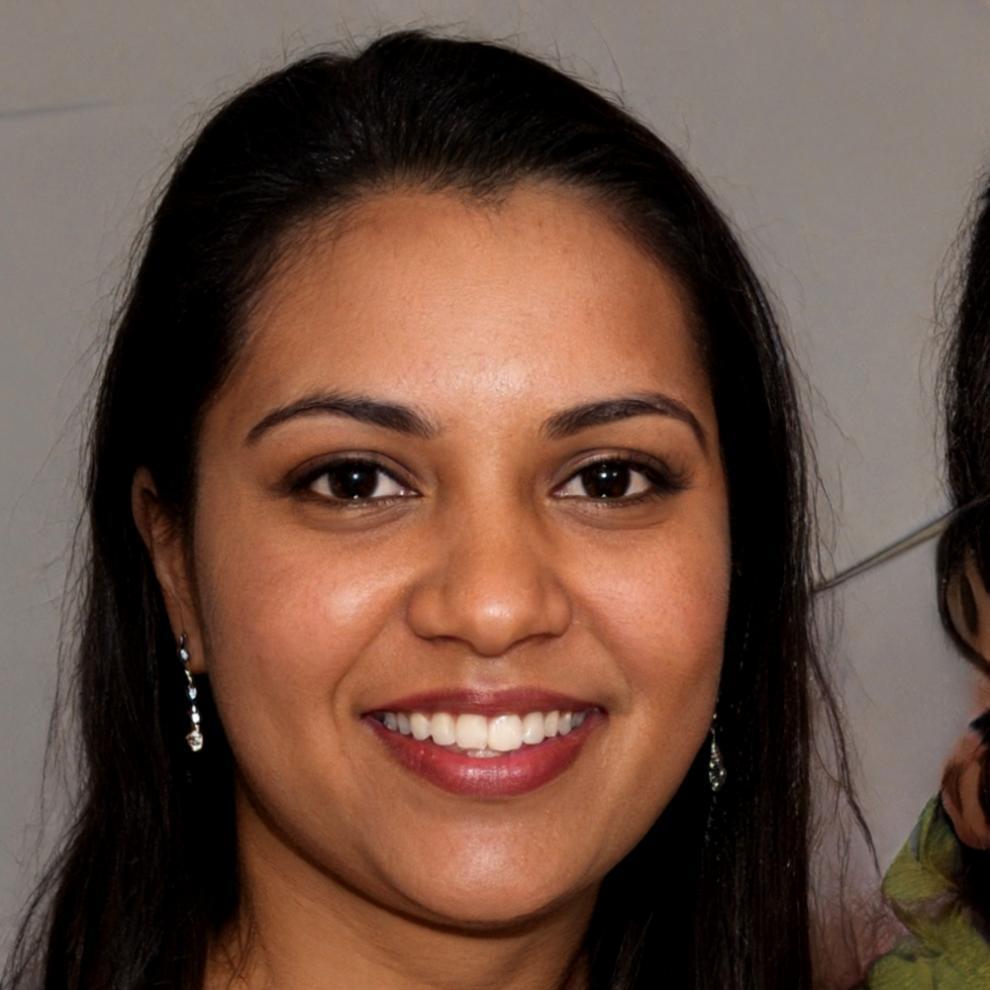Financial Analysis Learning Program
We built this program because most people approach profitability analysis backwards. They focus on spreadsheets first, context second. Our approach starts with understanding what your numbers actually mean for your business.
Who's Teaching This Program
Three professionals who've spent years working through financial complexity in Australian businesses. They bring actual experience, not theory.

Henrik Björkman
Lead Financial Instructor
Henrik worked fifteen years across manufacturing and retail sectors in Perth, sorting out profitability challenges for mid-sized companies. He knows where businesses lose money before they realize it's gone.

Sofija Pavlović
Business Analysis Specialist
Sofija spent a decade consulting for hospitality and service businesses across Melbourne. She specializes in finding patterns in data that others miss and translating numbers into decisions.

Eilidh MacLeod
Strategic Finance Instructor
Eilidh worked through the trenches of small business finance in Brisbane for twelve years. She teaches what actually works when you're dealing with limited resources and big decisions.
What You'll Actually Learn
The curriculum covers twelve weeks. Each week builds on the previous one, but we also make sure you can apply concepts immediately to your own situation.

Reading Your Numbers Properly
Most business owners look at profit and loss statements the wrong way. We start by teaching you what to look for first, what to ignore, and how to spot problems before they become crises. You'll work with real anonymized business data from Australian companies.
Understanding Your Cost Structure
Fixed costs, variable costs, and the grey area in between that trips everyone up. Henrik walks through how different business models handle costs differently, and why copying someone else's approach might hurt you.
Margin Analysis That Makes Sense
Product margins, service margins, and customer profitability often tell completely different stories. Sofija teaches a framework she developed working with cafes and consulting firms to figure out where your actual money comes from.
Making Better Business Decisions
Eilidh focuses the final weeks on using analysis for decisions. When to expand, when to cut, how to price new offerings, and when your gut feeling matters more than the spreadsheet.
Upcoming Program Dates
We run small cohorts three times per year. Classes meet Tuesday evenings online for three hours, with optional Friday morning workshop sessions for those who want extra practice.
September
2025
Autumn 2025 Cohort
Starts September 2, runs through November 18. Limited to eighteen participants to keep discussion quality high. Registration opens June 15.
February
2026
Summer 2026 Cohort
Starts February 10, runs through April 28. Same format, same instructors. Early registration discount available before November 2025.
How We Actually Teach
This isn't lecture-based learning. We use a workshop format where you bring your questions and we work through them together using real scenarios.
Case Study Work
Each week includes a detailed case study from an actual Australian business. You'll analyze their situation, propose solutions, and discuss with other participants before instructors share what actually happened.
Your Own Numbers
You can work with your own business data throughout the program. Everything stays confidential, and instructors provide individual feedback during office hours sessions.
Peer Discussion
Half the value comes from hearing how others think through problems. We structure sessions to encourage questions and debate rather than passive listening.
Practical Tools
You'll build a set of analysis templates and frameworks that work for your business type. Not generic templates—customized tools you'll actually use after the program ends.